THE
Mines Resort City in Seri Kembangan, Selangor, developed by Country
Heights Holdings Bhd (CHHB) since the late 1980s, is in the midst of a
building boom.
Two massive projects are expected to commence
construction this year which will see the Mines transforming into a
world-class functional, liveable and productive city.
 |
| Palace of the Golden Horse |
Property
magnate Tan Sri Lee Kim Yew, who founded CHHB in 1984 and is the group
executive chairman, is venturing into new businesses to help turn around
the real estate firm and double its size.
He said to rebuild CHHB, up to RM1 billion is required to kick-start four new business ventures and hire more staff.
The
ventures are restrategising the group’s hospitality and resorts
segment, developing the Grand Wellness hub and Mines Car City Centre
(MCCC) in the Mines and setting up the Cheng Ho Islamic Trade and
Financial Centre in Melaka. All these projects will have futuristic
buildings with innovative designs never seen before in Malaysia.
The Grand Wellness hub and MCCC are expected to generate more than RM3.5 billion in gross development value (GDV).
“Each
venture or business unit will have its own chief operating officer,
general manager and deputy general manager so that they are managed
professionally. My aim is for each business unit to go for listing in
the near future. This means in the next three years or so, CHHB will
have four listed entities that will contribute to the group’s bottom
line,” Lee told NST Property.
He said he may explore a backdoor listing as an option.
“The companies will be professionally managed. My family will only have a shareholding.”
Lee
has more than 30 years of experience in developing residential,
industrial park, hotel, leisure, commercial and recreational projects.
He aims to raise a RM1 billion “war chest” for the new ventures.
“We
are talking to several investors who are keen on the four business
ventures. We require between RM200 million and RM250 million to
kick-start each venture. Each project will be self-funding after it has
started. That is why we are integrating cars and trade centres with real
estate so we could make money from property sales.
“The war chest
is a standby fund. The faster we get the funds, the quicker it will be
for us to complete the four developments so they can start contributing
to the group’s bottom line.”
Lee said the company has a proven track record where it is able to build a property in less than 12 months.
The longest development period by CHHB was the Palace of the Golden Horses which took 18 months because of some issues.
“Otherwise,
almost all the properties took less than 12 months to build. My target
is for the four new business ventures to be completed within two to
three years.”
Mines Car City Centre
The biggest of the four ventures is MCCC, with a GDV of RM2 billion.
“The MCCC is targeted to break ground this year, with an initial capital of RM250 million,” said Lee.
About
RM30 million is allocated for Phase 1 to upgrade the 2.5 million sq
ft-Mines International Exhibition and Convention Centre (MIECC), while
Phase 2 involves acquiring more land and developing the MCCC, he said.
He estimated the total cost of the project to be RM700 million and the targeted completion to be within 24 months.
The
project, which will be supervised by Lee’s son and group executive
director, Lee Thai Young Matahari, will see MIECC transforming into
MCCC, touted to be the first and largest automotive expo centre in
Asean.
“I am selling the idea to my second generation to build the
car culture and lifestyle, and to create a hub that can host four to
six automotive exhibitions a year. There will be space for used cars and
car auctions just like how they do it in Japan.
“We will also
have a mall focusing on cars. The ground floor will have car showrooms
and shops selling car accessories. We will also develop a classic car
trading platform. Apart from that, we are also looking at building a
theme park, again focusing on cars, or maybe a water park.”
One of the interesting features of the MCCC is the proposed grand vehicle ramp, akin to Lombard Street in San Francisco.
Lee said there will be a Phase 3 for MCCC, which involves acquiring and developing 4.8ha of adjoining land.
This
is where CHBB will build 900,000 sq ft of serviced apartments, 800,000
sq ft of commercial retail space, rooftop driving range, an 88-room
boutique hotel, banking and insurance centre, electric car charging hub
and light maintenance centre.
“We want to create MCCC as a
platform for CHHB to grow. I am merging two big industries, that are car
and real estate, and creating a lifestyle. We will build serviced
apartments for the middle- to high-end market and I am quite confident
they will sell like hot cakes.
“We have a golf course at the
Mines. I understand that 70 per cent of luxury car owners like the BMW,
they like to play golf, so I think we have the right products to attract
owner occupiers and investors.
“We are also planning to build a
full-serviced boutique hotel, like Bentley’s Boutique Hotel, to attract
discerning travellers. If the MCCC is done well, we plan to duplicate
the idea in Indonesia and other parts of the world,” said Lee.
CHHB
is also talking to Goldenport Holdings Inc — the parent firm of China
Grand Touring (GT) Championship — to host an Asean GT festival at the
MCCC, and for the firm to potentially invest in the project.
The
aim is to set up an Asean GT at the Mines to bring in racers from around
the world to fill the void left by the removal of the Formula One race
in Sepang.
Grand Wellness hub
Lee said for the
wellness hub, besides anti-ageing and aesthetics facilities, there will
be apartments, a retirement village, shopping centre and wellness
retreat to support the medical and wellness tourism.
CHHB has been
in the wellness business for 15 years and has up to RM1 billion of
assets (half a million sq ft), including GHSS Healthcare (health
screening centre, TCM centre and Wellness Spa Centre).
The plan is to build more wellness assets of up to 2.5 million sq ft with an estimated gross development cost of RM1.1 billion.
To kick-start this venture, CHHB requires up to RM250 million, said Lee.
He
said there will be three property projects under this wellness venture —
Mines Waterfront Medical (office suites for healthcare and medical
services), Venice Avenue Shopping (mixed-development shopping centre
with serviced apartments and hotel suites) and Aqualis serviced
apartments (high-end).
The combined GDV for the three projects is about RM1.5 billion.
 |
| The upcoming Avenue development at The Mines |
“It
critical to develop the wellness hub. Every day in Malaysia, there are
about 60 people getting a stroke, compared with 30 people 15 years ago.
Is the government going to build more hospitals to cater for this and
other illness?
“Prevention is better than cure. Why wait till the
last minute and go to a hospital for treatment? It could be too late and
too expensive. The wellness hub is meant to treat you before you are
even diagnosed with any disease or serious health issues and it won’t
burn a hole in your pocket.
“I am building the wellness hub to
help people live well and longer. When they are here for treatment, they
will be staying in a hotel and not a hospital. They can also enjoy
golfing, shopping, boat rides, spa, high tea and a walk in the flower
garden.”
Lee said the wellness hub will also help improve the economy by creating 8,200 jobs and RM1 billion in economic activities.
From a mine to a city
THE
Mines Resort City was built in the late 1980s on a site which was once
the world’s largest open cast tin mine known as Hong Fatt Mine. The mine
was a massive hole in the ground measuring 2km long, 1km wide and 200m
deep.
When mining activities ceased, the hole was filled with rainwater and formed two lakes called North Lake and South Lake.
The Hong Fatt Mine covered an area of 530ha (including the lakes).
The government alienated the land and lakes to Country Heights Holdings Bhd in March 1988 for recreational and tourism purposes.
The
Mines is now home to the Mines shopping mall, Mines International
Exhibition and Convention Centre, Philea Mines Beach Resort (formerly
Mines Wellness Hotel), Mines Resort and Golf Club, Mines Waterfront
Business Park, Palace of the Golden Horses and GHHS Healthcare.
North
Lake covers 61ha and is 200m deep. It runs from the Mines shopping mall
to the Mines Waterfront Business Park, the blue-domed Sapura Group
headquarters and the Mines Resort and Golf Club.
The smaller South
Lake is bordered by the Heritage condominiums built more than a decade
ago, luxury villas and an Australian school.
The two lakes are
connected by a canal which runs through the Mines shopping mall, one of
the few malls in the world that have waterways flowing through.
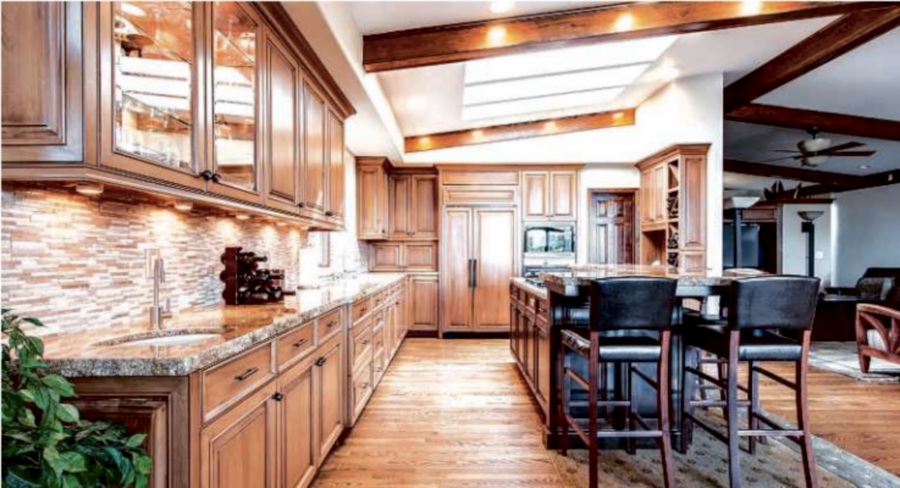


_1535009346.jpg)
_1535009344.jpg)
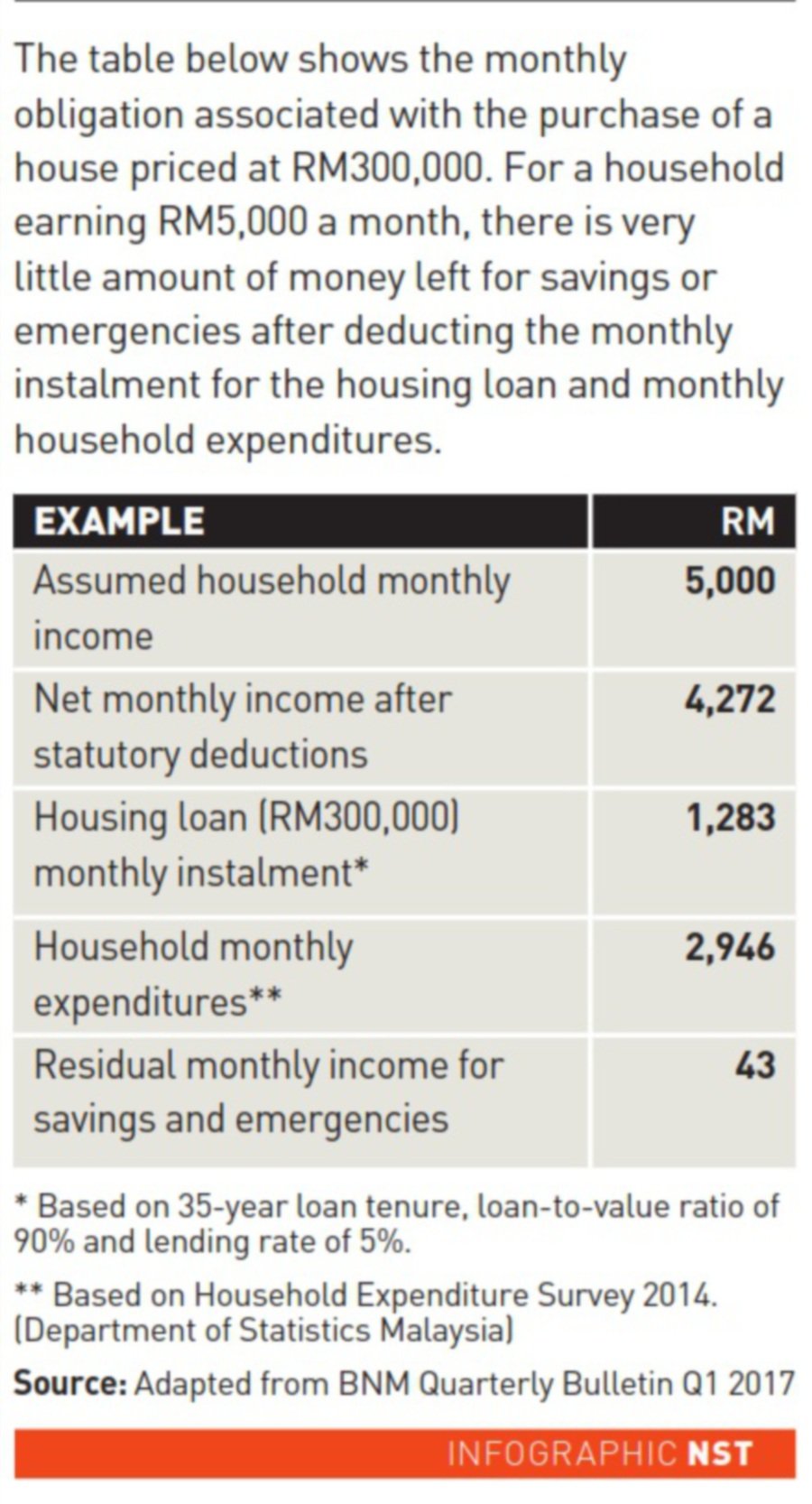
_1535008714.jpg)
_1535008716.jpg)
_1535008719.jpg)
_1535008721.jpg)
_1535008723.jpg)
_1535008193.jpg)
_1535006946.jpg)
_1534394080.jpg)
_1534394091.jpg)
_1534394077.jpg)
_1534394089.jpg)
_1534394083.jpg)



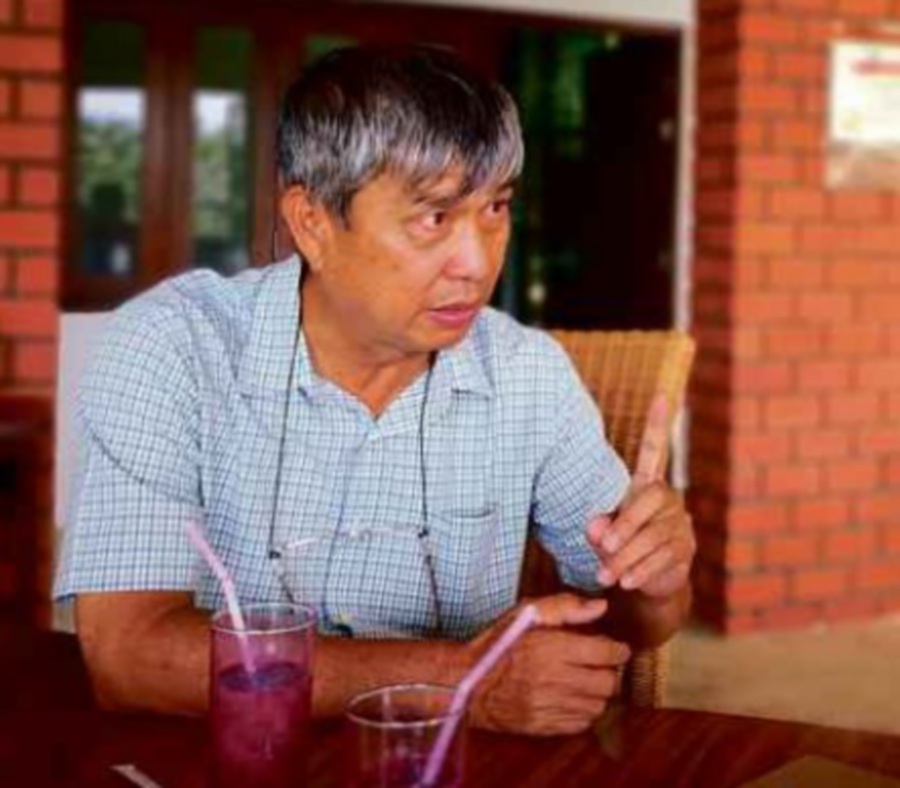
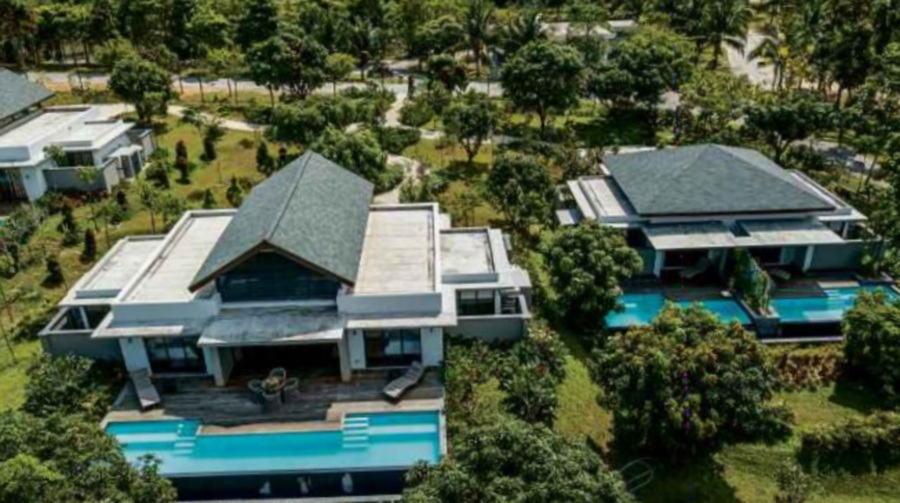
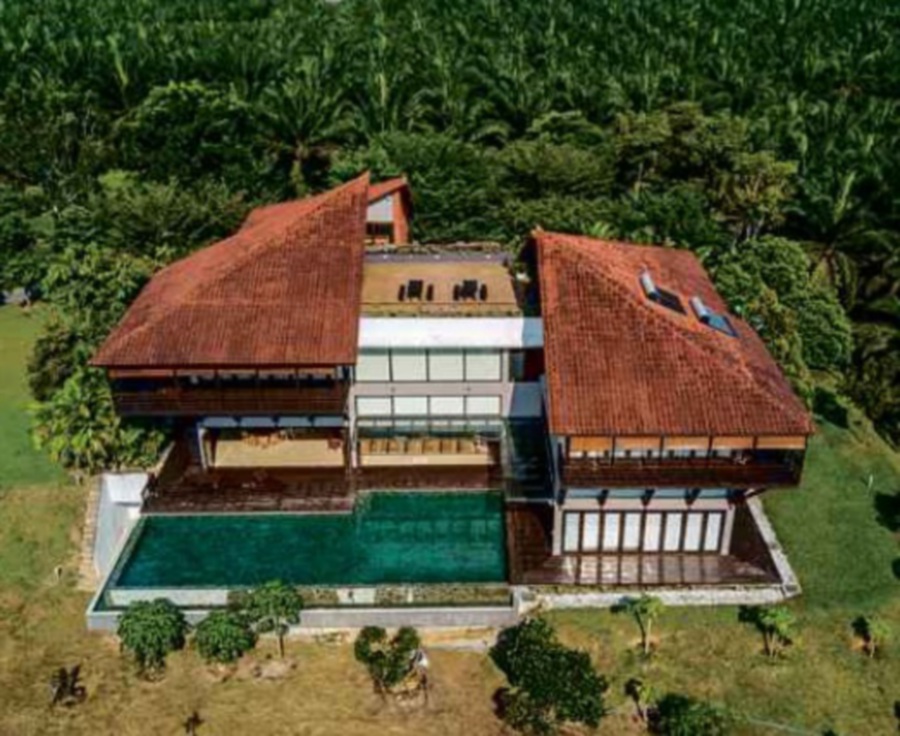
_1534395091.jpg)
_1534395096.jpg)
_1534395093.jpg)
_1534395098.jpg)